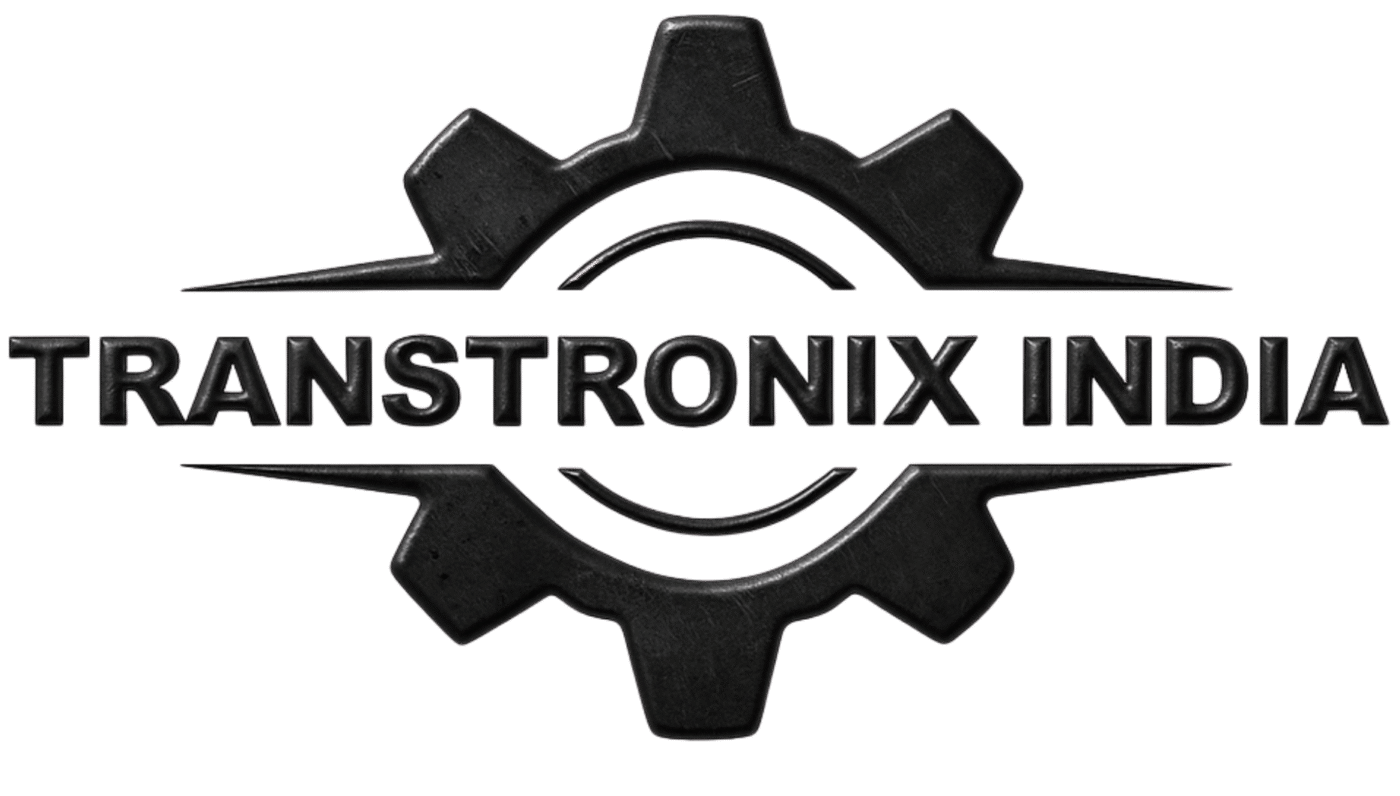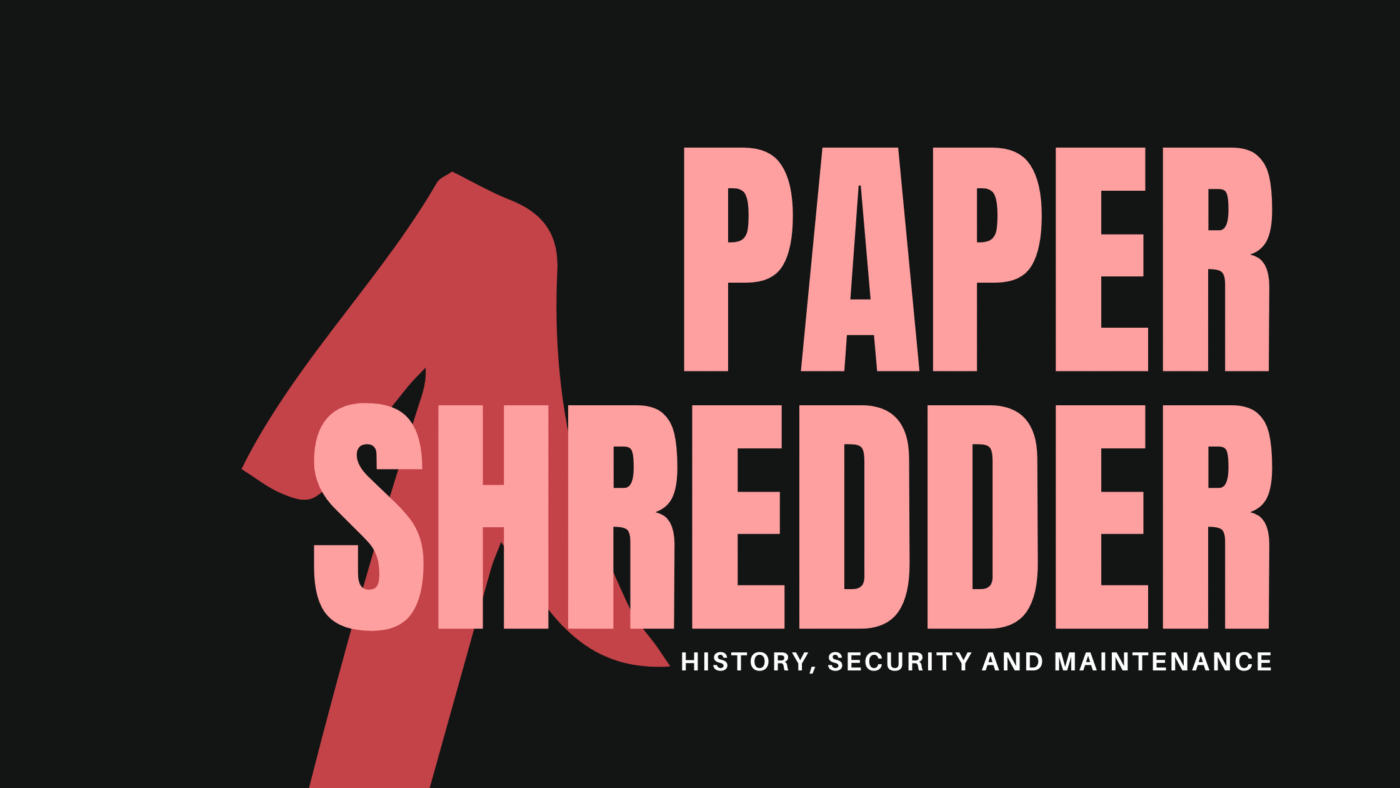Blog
How Paper Shredders Work: History, Security, and Maintenance
Table of Contents

I. The Essential Tool for Privacy
Paper shredders are crucial office appliances and essential tools for protecting privacy. Although often unfairly depicted in the media as instruments for corruption and illicit behavior, these machines are vital for preventing identity thieves from obtaining confidential details such as PINs and bank account numbers. Paper shredders function by cutting paper into strips or particles of varying sizes, which is determined by the machine’s security level. The goal of secure disposal methods is to prevent detrimental consequences from information leaks.
II. The History and Evolution of the Paper Shredder
Early Innovations
The precise time when the necessity for paper shredders first arose is unclear. However, the concept traces back to Abbot Augustus Low, who filed the first United States patent for a shredder-like “waste-paper receptacle” in 1909. Low defined the receptacle’s purpose as being “for disposing of waste paper” and designed it for use in offices where mutilation was desirable to render the paper “unavailable or unintelligible for re-use or for information”.
Low’s invention used a cutting or grinding device to slice papers before they fell into the bin. It provided provisions for operation via an electric motor or a crank, including an automatic stop system where two electric switches completed a circuit when paper was fed through, stopping when the paper ran out. Despite Low’s ingenuity, the machine was never broadly marketed to a large audience in 1909.
The Rise of Modern Shredding
The paper shredding industry truly began to flourish with Adolf Ehinger, a German toolmaker who applied for a German patent for his version of the paper shredder around 1935. Ehinger was initially motivated to invent the device to securely destroy covertly printed anti-Nazi material in the 1930s, basing his design on a hand-crank pasta maker.
Ehinger proved to be a successful businessman, marketing the shredders to government, military, and financial institutions in the post-World War II era. The global conspiracies and espionage during the Cold War of the 1950s significantly increased demand, making the paper shredder an essential piece of equipment for government operatives. Ehinger’s company, EBA Mashinenfabrik, introduced the first cross-cut shredders in 1959, which cut paper in both horizontal and vertical directions.
III. How Paper Shredders Work and Security Levels
Basic Mechanism
Small office shredders typically consist of a mechanical head and a receptacle or bin. Paper is fed into a slot on the lid. When paper touches the cutting head, a sensor activates the sharp teeth or knives, which rotate to pull the material into their “jaws” until it lies shredded in the bin. A separate set of sensors ensures the machine head is firmly in place on top of the bin, acting as a fail-safe against accidental operation. Many shredders also feature an emergency shutoff feature.
Types of Cuts and Security Levels
Shredders are categorized based on the particle size they produce, which correlates directly with the level of security offered.
- Strip-cut Shredders: These are also referred to as straight cut or spaghetti cut. They cut documents into long, thin strips, generally about $1/4$ inch wide. They offer the least level of protection because the torn strips may still be readable. These are generally used for non-sensitive papers and often have a large shredding capacity.
- Cross-cut Shredders: These cut documents into small, confetti-like fragments that are often rectangular or diamond-shaped. They use two sets of teeth rotating in opposite directions to create a much smaller, square particle. Cross-cut shredders offer a better level of protection and are suitable for sensitive documents. Using cross-cut models will also create less waste.
- Micro-cut Shredders: These machines reduce paper to small, dust-like particles, making reassembly extremely difficult. They offer the highest level of security and are ideal for highly sensitive or classified information. There are also variations like confetti cut and super micro cut.
Industrial and Specialized Shredding
Large, industrial shredders operate similarly to smaller models but on a massive scale. They typically feature a large hopper for tossing documents in, rather than feeding single papers or stacks. Industrial shredders are engineered to destroy massive volumes of documents, sometimes in tons per day.
Beyond paper, these rugged industrial machines can shred nearly anything, including wood, metals, rubber, glass, and cardboard. Specialized shredders include:
- Hard Drive Shredders: These are essential because hard drives contain massive amounts of confidential data. The safest method to destroy this data is by breaking the hard drive into hundreds of pieces.
- Cardboard Shredders: These turn used cardboard into flexible mats that can be reused as filler for packing, replacing materials like styrofoam.
IV. Shredders in History and Security Scrutiny
Paper shredders are often featured prominently in media and history, usually connected to diplomatic or corporate scandals.
Political and Corporate Scandals
- Watergate (1972): G. Gordon Liddy famously recounted “shredding stuff left and right” using a Shredmaster 400 model.
- Iran-Contra Hearings (1987): The paper shredder took the spotlight when then-Lt. Col. Oliver North and his secretary, Fawn Hall, desperately fed a foot-and-a-half (46-centimeter) stack of memos into the machine to destroy evidence. North’s $7,500 Intimus shredder jammed during the process. Fawn Hall achieved “paper-shredding legend” status following the hearings.
- Iranian Hostage Crisis (1979): Following the crisis, Iranians managed to piece together shredded documents left by Americans by utilizing experts in Persian carpet-weaving, as the documents were cut into old-school vertical strips. This event spurred the U.S. government to demand strict standards for particle shred size.
- Enron Collapse (2002): Paper shredders made headlines again when both Enron and its auditor, Arthur Andersen, were accused of destroying internal documents.
Government Standards
Due to the necessity of shredding in government operations, high security is paramount. The U.S. National Security Agency (NSA) evaluates paper shredders to ensure they meet stringent particle size standards, requiring cuts no larger than 1 millimeter by 5 millimeters. High security shredders destroy information into thousands of unreadable pieces.
V. Practical Use and Troubleshooting Jams
Shredders, though useful, can be incredibly frustrating when they jam. Luckily, most jams can be resolved with basic troubleshooting steps.
Fixing a Basic Jam
Signs of a jam include the paper slowing down, an outright stop, or a whirring, “straining” noise.
- Unplug the shredder immediately to prevent the situation from worsening.
- If the wastebasket is full, empty it, as a full bin is a common cause of jams.
- Switch the shredder to “reverse” and plug it back in. This usually clears minor jams in seconds.
- If the shredder jams in reverse, unplug it and switch back to “auto” or “forward.” By alternating between forward and reverse, it is usually possible to gradually work the paper free.
- After clearing the jam, reduce the thickness of the paper load before re-shredding, as overfeeding is a common cause of jams.
Manually Clearing Stubborn Jams
For especially severe jams, manual intervention is needed, but safety is paramount: Always turn off and unplug the shredder before putting fingers or tools near the opening to avoid serious injury.
- If possible, remove the top shredding portion to access both sides of the paper slot.
- Use a pair of tweezers to grip and pull pieces of stuck paper.
- If paper strips have wrapped tightly around the cylindrical rollers, use a sharp knife or a scissor blade to slice the coiled strips, making them easier to remove.
- Use a screwdriver or pliers to gain leverage when removing thick particles of paper or plastic stuck in the blades, taking care not to damage the blades themselves.
- For particularly nasty jams caused by lack of lubrication, apply a few generous drops of shredder oil or cooking oil (like canola oil) to the affected spots. Let the oil soak for about half an hour, then run the shredder forward again, as the lubricated blades should be better able to process the softened paper. Note: Aerosol lubricants (e.g., WD-40) should not be used as they can damage the inner machinery.
- Once the jam is mostly cleared, run the shredder in reverse to help any remaining paper “back out”.
Avoiding Future Jams
To avoid future difficulties:
- Avoid over-feeding (feeding too much paper at once) and fast-feeding (not waiting for one load to fully process before adding the next).
- Smooth out any folds, wrinkles, or creases on paper, as these essentially double the effective thickness the shredder must handle.
- Be wary of materials thicker or harder than ordinary paper, such as CDs/DVDs, credit cards, laminated pages, cardboard, and adhesive materials. Shredding CDs and DVDs can also cause premature wear and tear to the blades.
- Empty the bin frequently, as a full bin prevents shredded material from leaving the machine, thus causing jams.
- Keep the cutting cylinder well-oiled every time the wastebasket is emptied or a few times per month to maintain sharp, well-lubricated blades.
VI. Handling Non-Paper Materials: Staples, Clips, and Plastics
A common question regarding shredding is whether fasteners like staples and paper clips must be removed. The answer depends entirely on the type of equipment being used.
Limitations of Small Home Shredders
If you are using a small home or office shredder, you must remove all metals and plastics.
- Staples and paper clips can damage the blades of a home shredder, compromising its performance and integrity.
- Non-paper materials can blunt the shredder teeth and cause the mechanism to jam or break.
- Shredding metals can even generate sparks, creating a fire risk when combined with the paper dust that builds up inside these machines.
Capabilities of Professional Shredding Services
When utilizing a specialist shredding company or industrial/commercial-grade shredders, you generally do not need to remove staples, paper clips, or plastic wallets.
Industrial and commercial shredders are heavy-duty machines designed to easily crush staples and paper clips. Professional shredding service suppliers frequently maintain and sharpen the blades, so a few staples do not cause damage. These industrial machines are significantly more capable than small office shredders and can destroy items like hard drives and plastics.
Professional services also simplify the recycling process. While shredded paper from a home shredder is often difficult for local council recycling facilities to separate, the massive volume handled by shredding service providers ensures that even paper mixed with small bits of shredded plastic wallets and metals can be recycled. The paper mills used by these services employ sophisticated technology to separate plastics and metals from the shredded paper.


